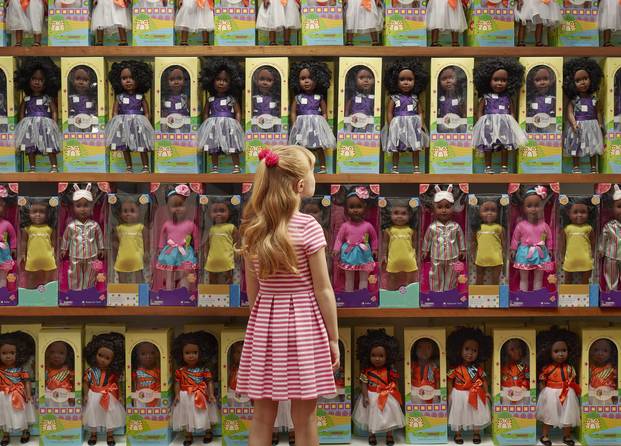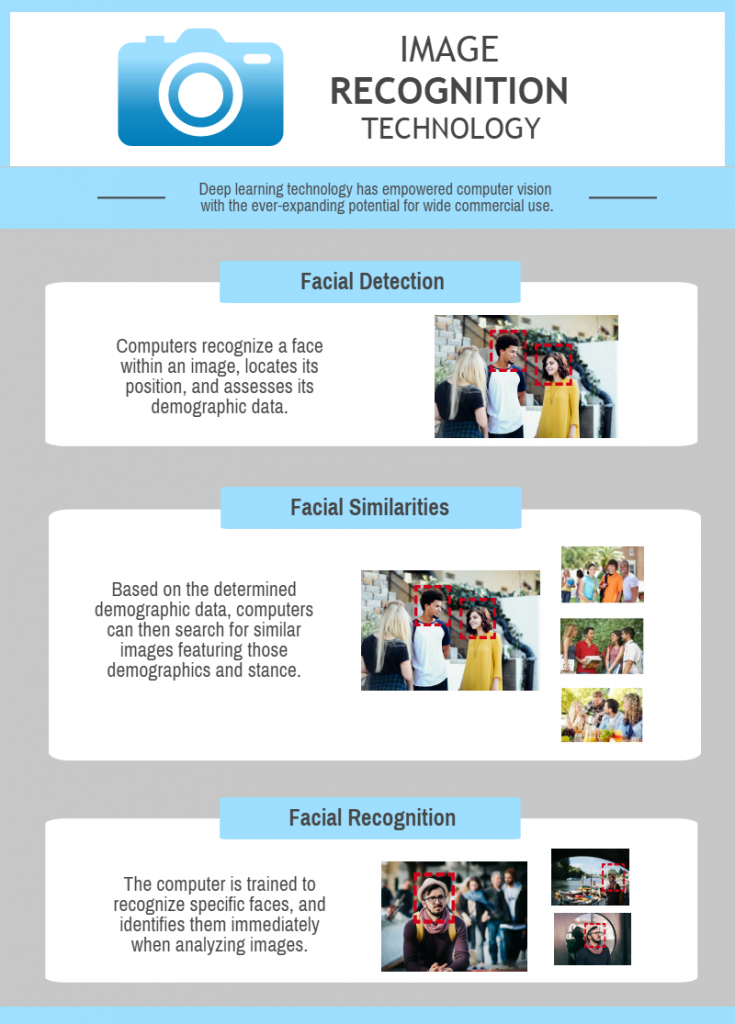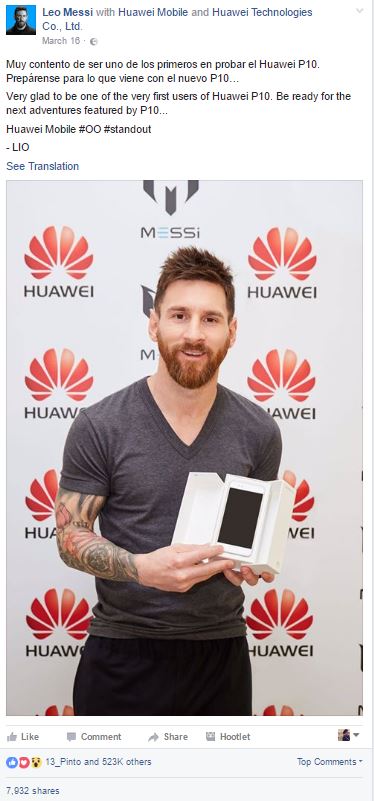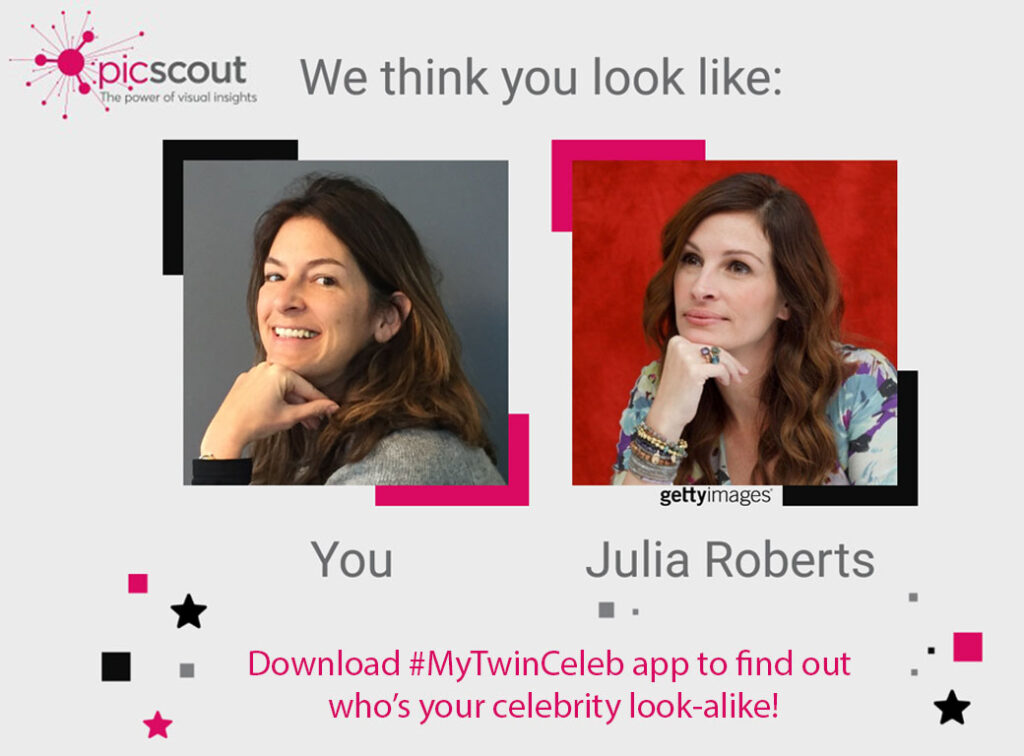Hi All,
PicScout is looking for a top notch SW engineers that would like to join an extremely innovative team.
If you consider yourself as one that can fit the team, please solve the below quiz and if you had a creative solution expect a phone call from us. You can choose any language you like or even write pseudo. In your code, include the relevant unit tests that will verify the correctness of the solution.
Answers can be sent to lior.cohen@picscout.com.
Don’t forget to also attach your CV along with the solution.
The candidates that will finally be hired will win a 3K NIS prize.
**The problem is taken from http://uva.onlinejudge.org/
So here it is:
The Blocks Problem
Background
In this problem you will model a simple block world under certain rules and constraints. Rather than determine how to achieve a specified state, you will “program” a robotic arm to respond to a limited set of commands.
The Problem
![begin{figure} centering setlength{unitlength}{0.0125in} % begin{picture} (2... ...raisebox{0pt}[0pt][0pt]{$bullet bullet bullet$ }}} end{picture} end{figure}](http://uva.onlinejudge.org/external/1/101img2.gif) |
Figure: Initial Blocks World
The valid commands for the robot arm that manipulates blocks are:
- move a onto bwhere a and b are block numbers, puts block a onto block b after returning any blocks that are stacked on top of blocks a and b to their initial positions.
- move a over bwhere a and b are block numbers, puts block a onto the top of the stack containing block b, after returning any blocks that are stacked on top of block a to their initial positions.
- pile a onto bwhere a and b are block numbers, moves the pile of blocks consisting of block a, and any blocks that are stacked above block a, onto block b. All blocks on top of block b are moved to their initial positions prior to the pile taking place. The blocks stacked above blocka retain their order when moved.
- pile a over bwhere a and b are block numbers, puts the pile of blocks consisting of block a, and any blocks that are stacked above block a, onto the top of the stack containing block b. The blocks stacked above block a retain their original order when moved.
- quitterminates manipulations in the block world.
Any command in which a = b or in which a and b are in the same stack of blocks is an illegal command. All illegal commands should be ignored and should have no affect on the configuration of blocks.
The Input
The number of blocks is followed by a sequence of block commands, one command per line. Your program should process all commands until the quit command is encountered.
You may assume that all commands will be of the form specified above. There will be no syntactically incorrect commands.
The Output
The output should consist of the final state of the blocks world. Each original block position numbered i ( ![]() where n is the number of blocks) should appear followed immediately by a colon. If there is at least a block on it, the colon must be followed by one space, followed by a list of blocks that appear stacked in that position with each block number separated from other block numbers by a space. Don’t put any trailing spaces on a line.
where n is the number of blocks) should appear followed immediately by a colon. If there is at least a block on it, the colon must be followed by one space, followed by a list of blocks that appear stacked in that position with each block number separated from other block numbers by a space. Don’t put any trailing spaces on a line.
There should be one line of output for each block position (i.e., n lines of output where n is the integer on the first line of input).
Sample Input
10
move 9 onto 1
move 8 over 1
move 7 over 1
move 6 over 1
pile 8 over 6
pile 8 over 5
move 2 over 1
move 4 over 9
quit
Sample Output
0: 0
1: 1 9 2 4
2:
3: 3
4:
5: 5 8 7 6
6:
7:
8:
9:















